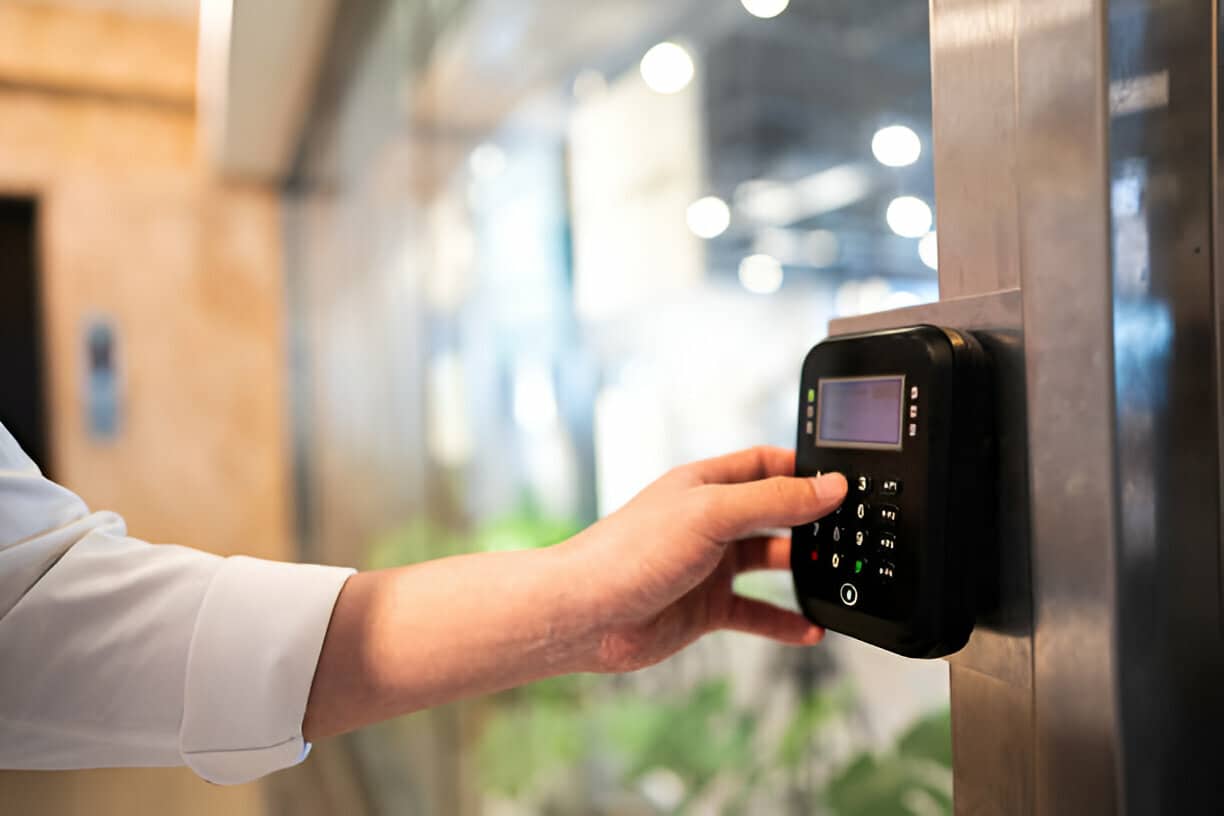
Preventing Lockouts and Break-ins: Expert Locksmith Advice
Security is more than just locking doors. Homeowners and business owners face the constant threat of lockouts, unauthorized entry, and break-ins. While technology helps, understanding locksmith safety strategies and implementing preventive measures is critical. This guide provides expert advice on securing your property, avoiding lockouts, and minimizing risks associated with break-ins.
Why Lockout and Break-in Prevention Is Crucial
Lockouts and break-ins cause more than immediate inconvenience or property loss. They can lead to:
- Financial loss: Replacing stolen items or repairing damaged doors can be costly.
- Emotional stress: Experiencing a breach can cause anxiety and uncertainty.
- Compromised security: Repeated incidents increase vulnerability over time.
- Insurance issues: Improper locks or lack of preventive measures may affect coverage.
According to the Bureau of Justice Statistics, over 30% of burglaries involve forced entry through doors with weak or outdated locks. This emphasizes the importance of professional locksmith advice and proactive measures.
Essential Strategies to Prevent Lockouts
Maintain Spare Keys Securely
A common cause of lockouts is the absence of spare keys. To prevent this:
- Store spare keys in secure lockboxes.
- Give access only to trusted family members or employees.
- Avoid hiding keys in obvious outdoor locations like under doormats or flowerpots.
Professional locksmiths can create high-security duplicates that are harder to copy or tamper with.
Use Keyless Entry Systems
Keyless systems reduce reliance on physical keys and simplify access:
- Install electronic keypads, card readers, or biometric locks.
- Regularly update codes or access permissions to maintain security.
- Monitor logs for unauthorized attempts to access property.
Keyless entry helps prevent accidental lockouts while maintaining high security.
Organize and Label Keys
Disorganized keys contribute to lockouts. Best practices include:
- Labeling keys by location or purpose.
- Using key organizers or smart key management systems.
- Educating family members or staff on key access protocols.
Clear key management saves time and reduces the risk of accidental lockouts.
Maintain Lock Hardware
Even high-quality locks fail if not properly maintained:
- Lubricate lock mechanisms and hinges annually.
- Replace worn or damaged parts promptly.
- Inspect locks after heavy weather events or attempted break-ins.
Well-maintained locks function reliably, reducing the likelihood of lockouts.
Preventing Break-ins with Locksmith Expertise
Upgrade to High-Security Locks
High-security locks resist tampering and forced entry:
- Choose ANSI Grade 1 or 2 certified deadbolts.
- Install reinforced door frames and strike plates.
- Consider smart locks with monitoring and audit logs.
Professional locksmiths can recommend upgrades tailored to your property’s risk profile.
Reinforce Entry Points
Break-ins often exploit weak doors or windows:
- Strengthen door frames, hinges, and strike plates.
- Install window locks or security bars where needed.
- Secure garages, gates, and external storage areas.
These physical reinforcements make unauthorized entry more difficult.
Implement Access Control Systems
For businesses or high-security areas:
- Restrict access with keycards, key fobs, or biometric readers.
- Maintain logs of all entries and exits.
- Revoke permissions promptly when staff changes occur.
Controlled access reduces the likelihood of internal or external security breaches.
Avoid Common Security Mistakes
Even with good locks, human errors compromise security:
- Leaving doors unlocked or propped open.
- Storing spare keys in obvious locations.
- Ignoring worn or malfunctioning locks.
- Hiring unlicensed or unverified locksmiths.
Avoiding these mistakes improves overall security and prevents both lockouts and break-ins.
Emergency Preparedness
Despite preventive measures, emergencies can occur. Planning ensures rapid, effective responses:
- Keep a list of licensed locksmiths for quick access.
- Install alarm systems and monitoring cameras.
- Maintain emergency contacts for family, employees, or neighbors.
- Document security improvements for insurance purposes.
Being prepared minimizes damage, stress, and recovery time after incidents.
Tips for Long-Term Security
Long-term strategies reinforce prevention:
- Schedule annual locksmith inspections to identify vulnerabilities.
- Educate family or staff about safe lock and key practices.
- Rotate access codes and update keys periodically.
- Combine physical security with alarms, cameras, and smart monitoring.
- Maintain a documented history of all locksmith interventions and upgrades.
Consistent maintenance and monitoring ensure continued safety and reduce future risks.
Frequently Asked Questions
How can I prevent getting locked out of my home or office?
Use spare keys, organize key access, and consider keyless entry systems.
Are smart locks safer than traditional locks?
Yes, they reduce reliance on physical keys and offer advanced monitoring features.
How often should locks be inspected or maintained?
At least once a year, and after extreme weather or any security incidents.
Can professional locksmiths prevent break-ins?
Yes, through installation of high-security locks, reinforcement of entry points, and access control systems.
What should I do if I lose my keys?
Rekey locks or update access codes immediately and consult a licensed locksmith for guidance.